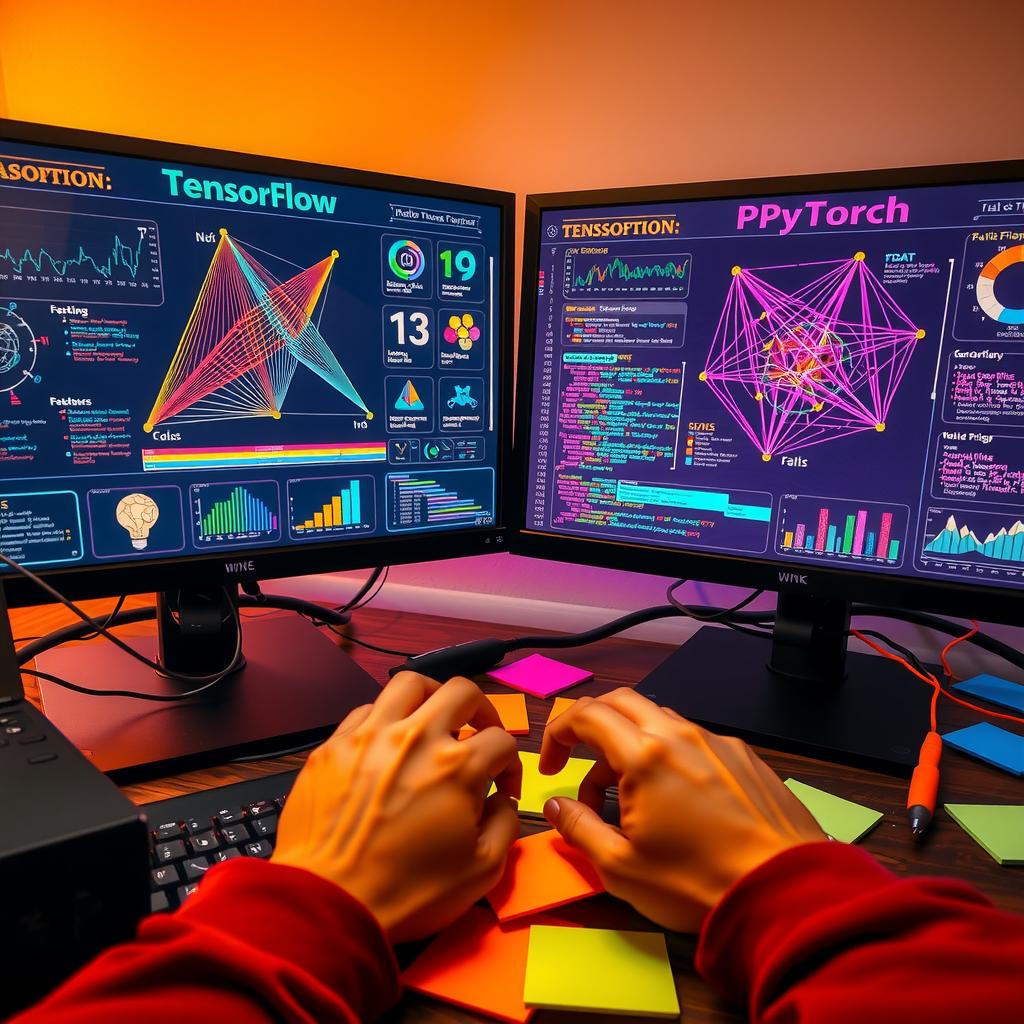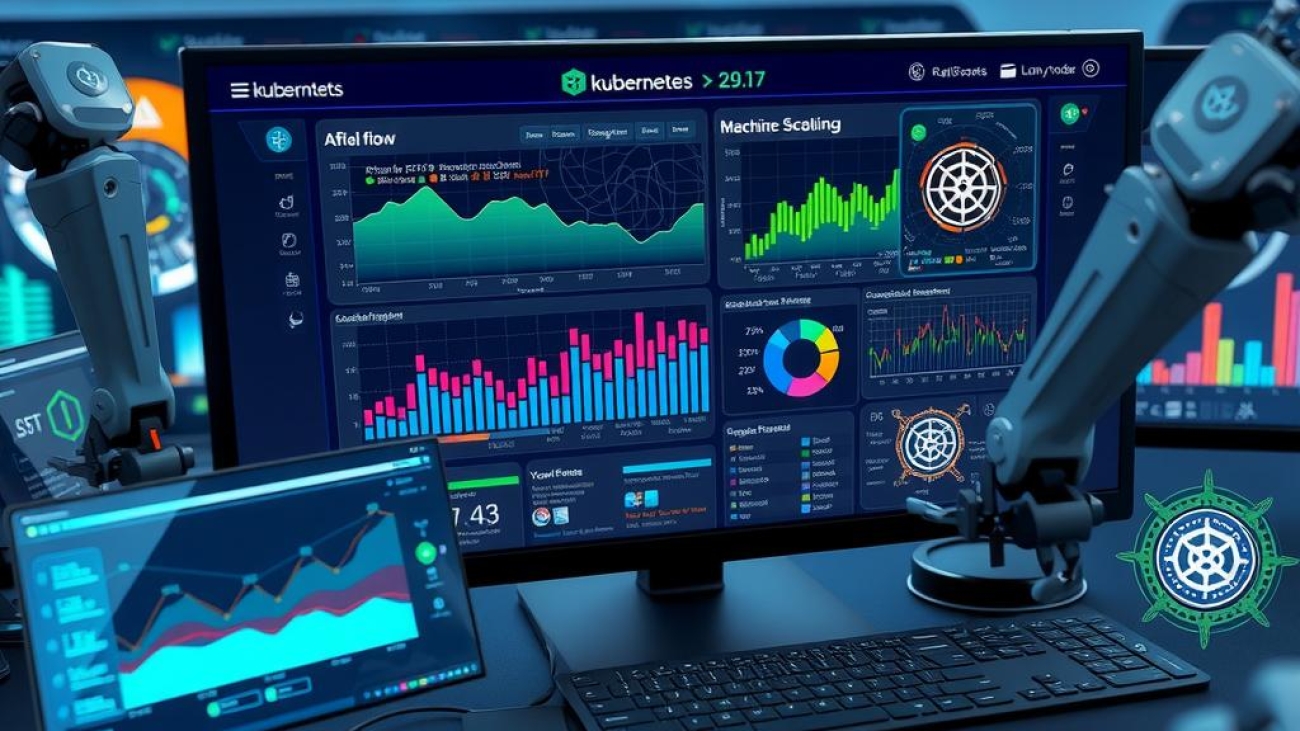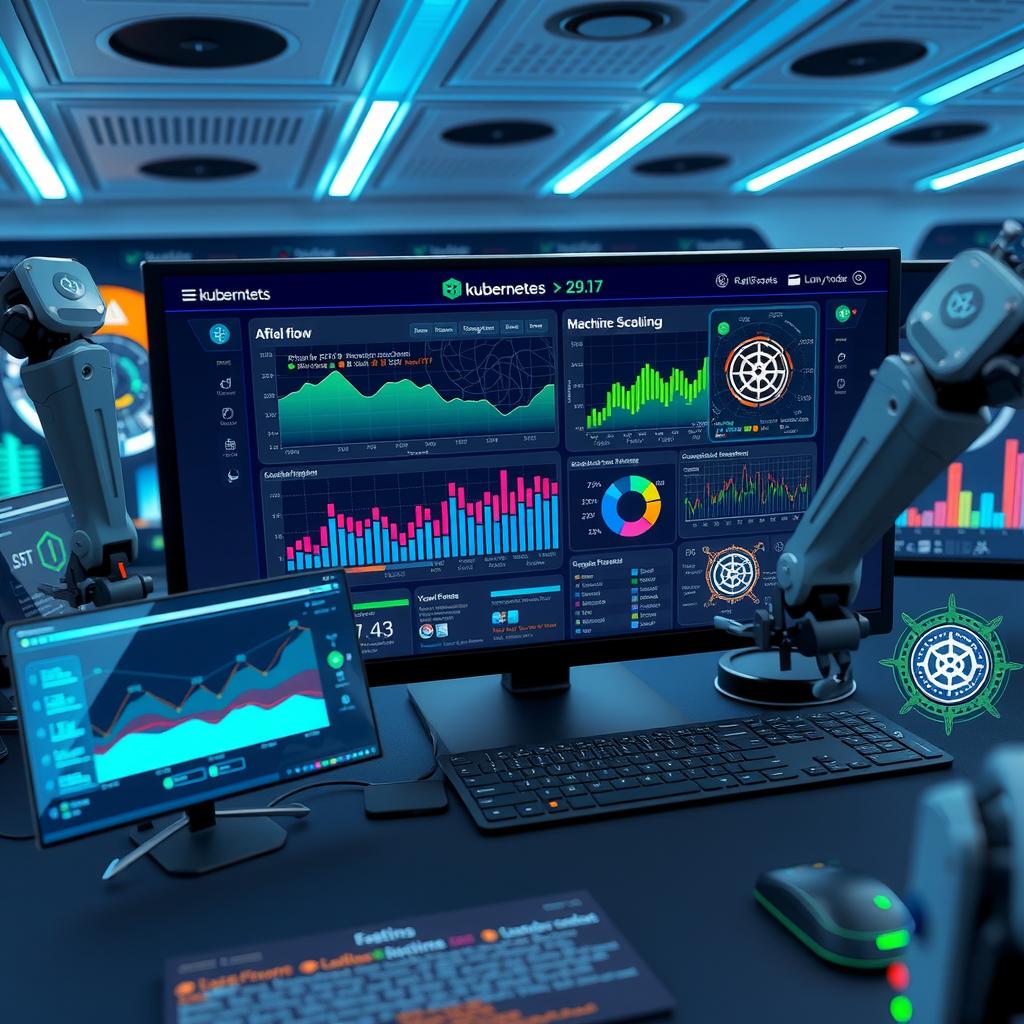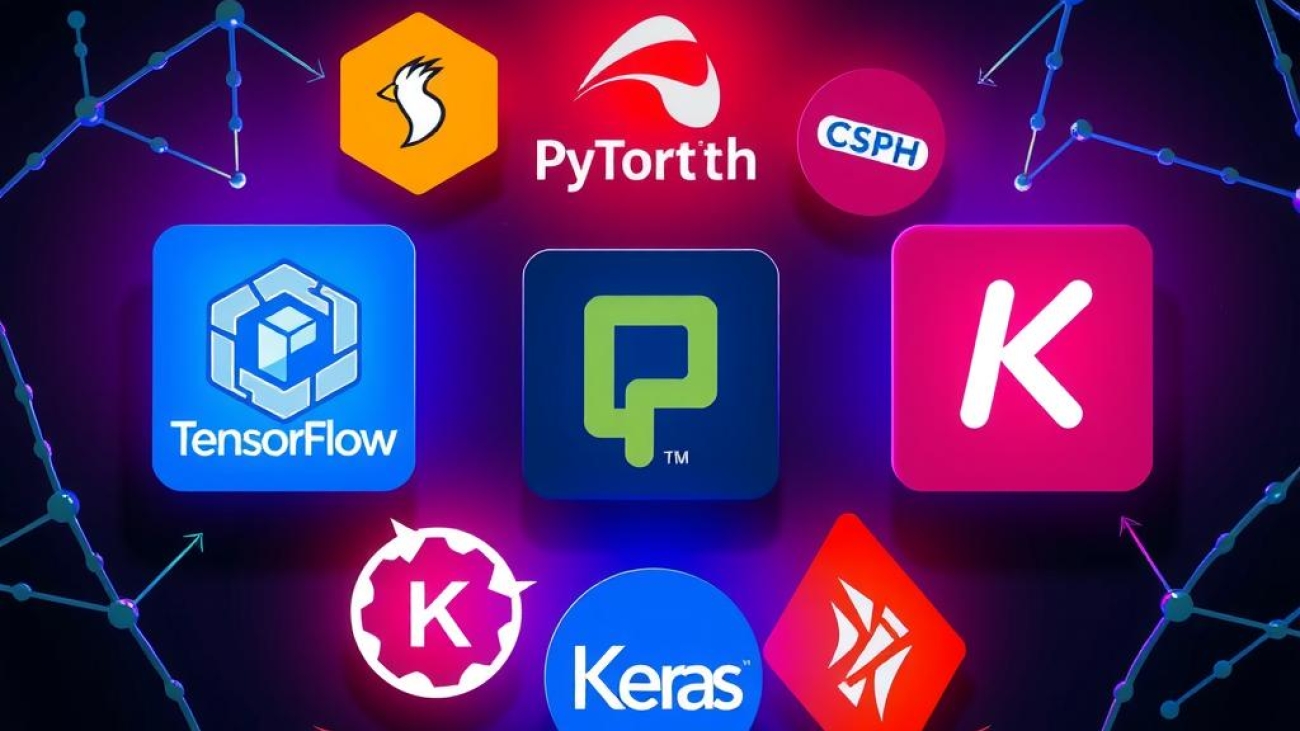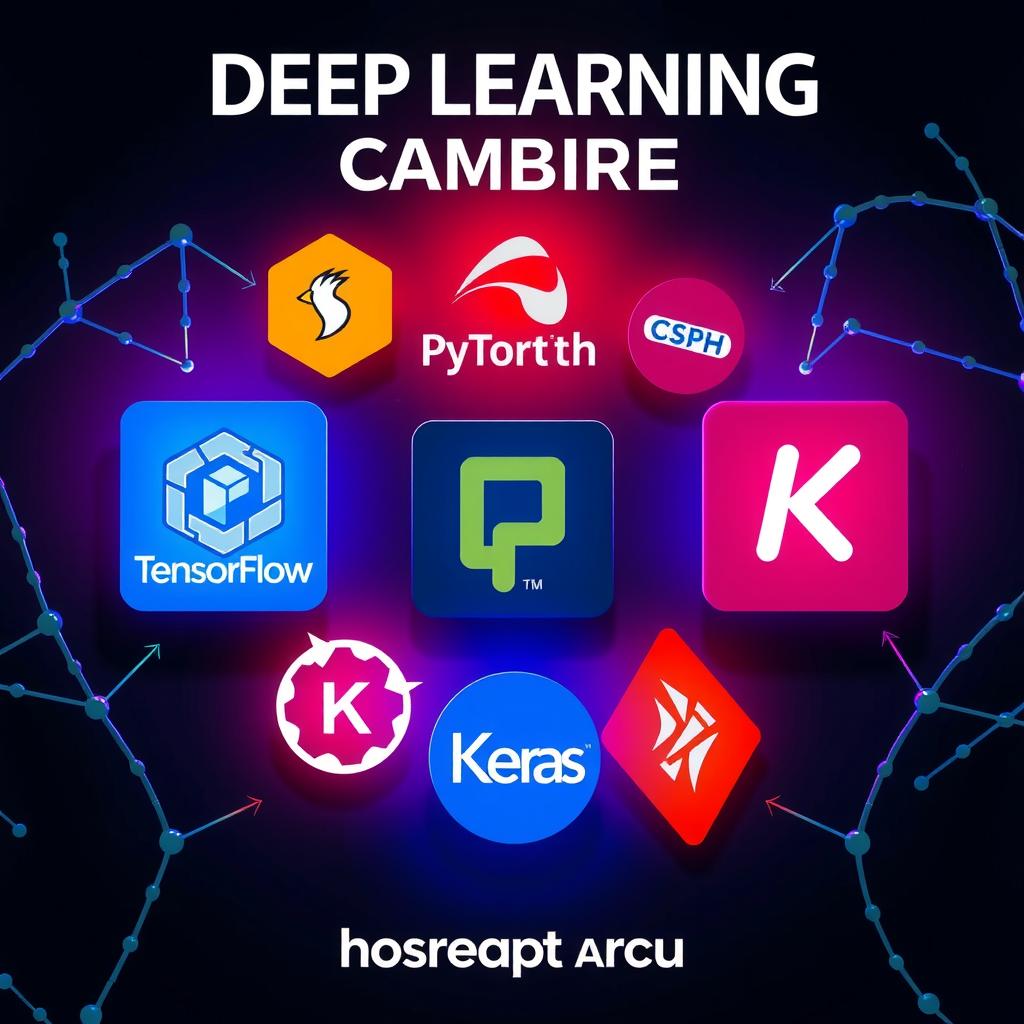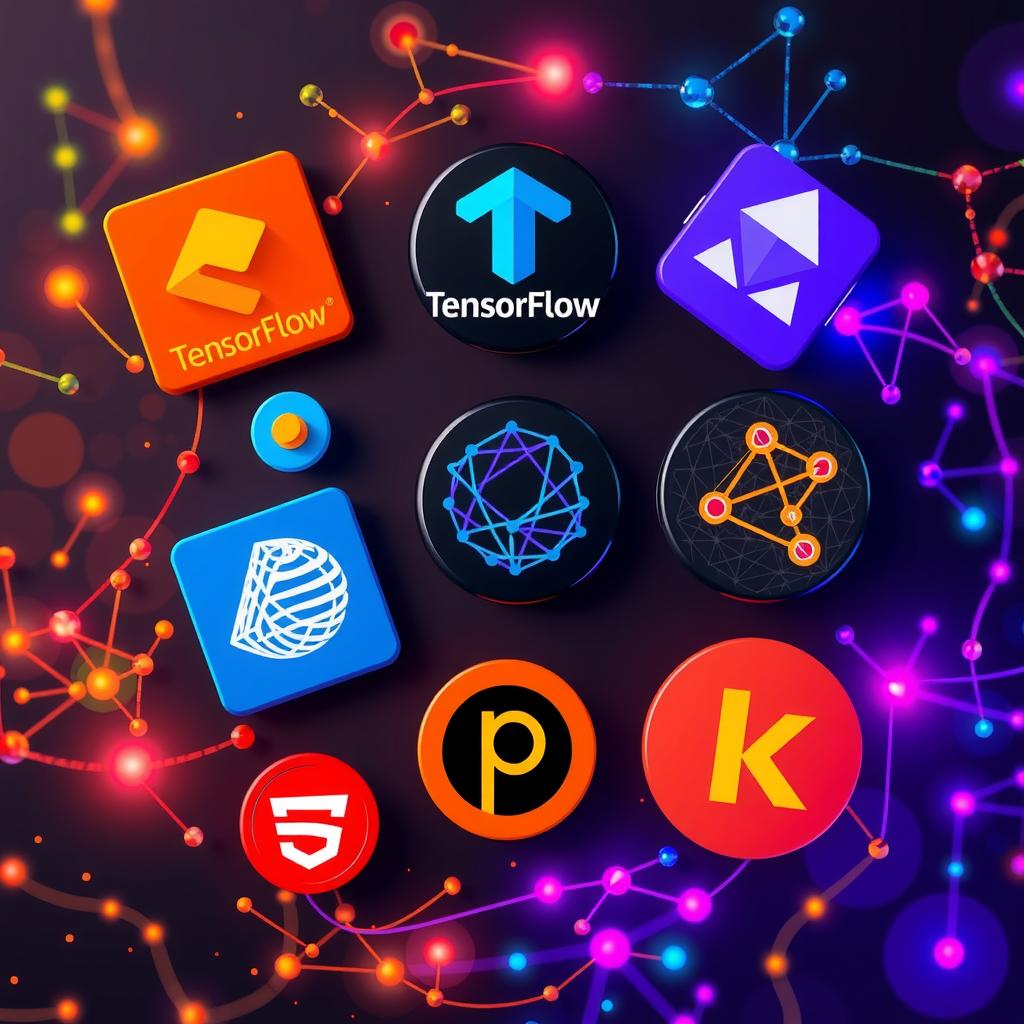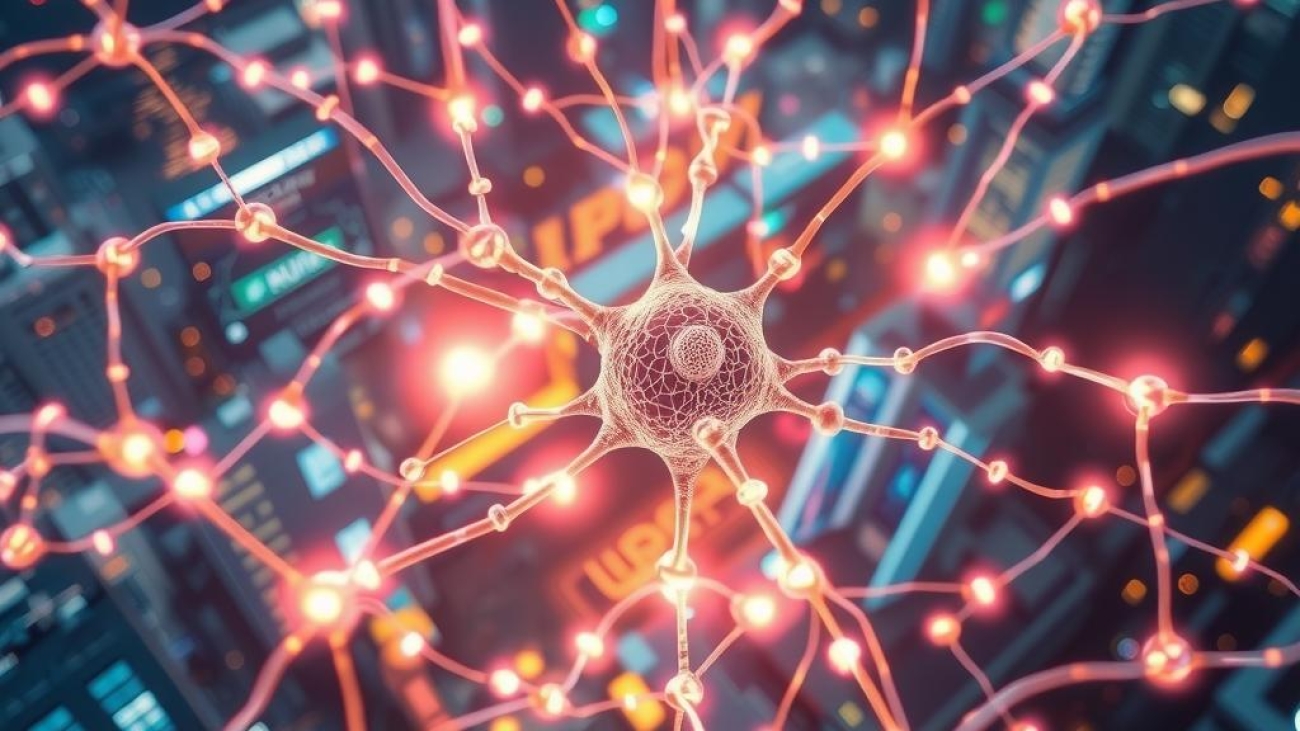In today’s digital age, the sheer volume of images available online presents a significant challenge for effective image retrieval. As individuals and businesses increasingly rely on visual content for communication and marketing, the need for efficient and accurate Content-based Image Retrieval systems has never been more pressing. Traditional keyword-based search methods often fall short in delivering relevant results, leading to frustration among users seeking specific visuals. This gap highlights an opportunity for innovation in how we approach image searches—an area where transfer learning can play a pivotal role.
At its core, Content-based Image Retrieval leverages advanced techniques in machine learning to allow systems to understand and process images based on their inherent content rather than relying solely on metadata or tags. By utilizing deep learning frameworks that enable feature extraction from images, developers can create robust models capable of performing complex tasks such as image classification and visual recognition with remarkable accuracy. The integration of transfer learning further enhances these capabilities by allowing pre-trained models to adapt quickly to new datasets with minimal additional training time—a crucial advantage when dealing with large-scale image databases.
This blog post delves into the intricacies of implementing Content-based Image Retrieval using transfer learning methodologies. Readers will discover how this innovative approach not only streamlines data processing but also significantly improves the quality of image search outcomes across various applications—from e-commerce platforms looking to enhance user experience through personalized recommendations to research institutions needing precise visual data matching tools.
By exploring real-world examples and best practices within this domain, readers will gain insights into overcoming common challenges associated with traditional retrieval methods while embracing cutting-edge technology that empowers both developers and end-users alike. As this exploration unfolds, it becomes clear that harnessing the power of transfer learning is not merely an option; it is a necessary evolution towards achieving unparalleled efficiency in Content-based Image Retrieval systems that cater effectively to our visually-driven world.

Key Points:
-
Advancement in Image Search Techniques: The evolution of Content-based Image Retrieval offers a more effective approach to finding relevant images by focusing on the content itself rather than relying solely on metadata. This shift enhances user experience and meets the growing demand for efficient image search solutions.
-
Transfer Learning Enhancements: By applying transfer learning, organizations can leverage pre-trained models that significantly improve visual recognition tasks within Content-based Image Retrieval systems. This method not only speeds up data processing but also increases accuracy across various domains, including art, fashion, healthcare, and security.
-
Implementation Best Practices: Understanding practical implementations of Content-based Image Retrieval, along with best practices for integrating transfer learning into existing frameworks, is crucial for businesses aiming to optimize their image search capabilities. Addressing common challenges associated with traditional retrieval methods further enriches this transformative approach.

The Evolution of Image Retrieval Systems
From Traditional Methods to Modern Solutions
The digital age has significantly transformed how images are stored, retrieved, and utilized. Traditional image retrieval systems primarily relied on textual annotations and metadata, which often resulted in inefficiencies when users sought specific visual content. This keyword-based approach posed several challenges; it was time-consuming and required extensive manual input to ensure accurate tagging. Furthermore, the reliance on keywords limited the search capabilities since many relevant images might be overlooked due to inadequate or inaccurate descriptions. In this context, Content-based Image Retrieval (CBIR) emerged as a groundbreaking solution that leverages inherent image characteristics rather than solely relying on textual data. By analyzing visual features such as color, texture, and shape through advanced algorithms powered by machine learning techniques like deep learning and feature extraction, CBIR enables more precise image searches tailored to user needs.
The Role of Machine Learning in Enhancing CBIR
Advancements Driving Change
Recent advancements in machine learning have played a pivotal role in refining content-based image retrieval systems. With the integration of deep learning architectures such as Convolutional Neural Networks (CNNs), these systems can efficiently extract high-level features from images without extensive human intervention during the training phase. This automation not only streamlines the data processing workflow but also enhances accuracy in visual recognition tasks across various domains—from medical imaging to e-commerce platforms where users demand quick access to visually similar products. Moreover, transfer learning has been instrumental in adapting pre-trained models for specific image classification tasks within different industries while minimizing computational costs associated with training new models from scratch. As a result, organizations can implement robust CBIR solutions that significantly improve user experience by providing faster and more relevant results.
Overcoming Challenges: The Need for Robust Data Processing Techniques
Ensuring Efficiency and Accuracy
Despite remarkable progress made with Content-based Image Retrieval, challenges persist concerning large-scale data processing capabilities needed for real-time applications—especially given today’s exponential growth in digital imagery across social media platforms and online databases. Efficiently handling vast amounts of unstructured data necessitates sophisticated algorithms that can quickly process incoming requests while maintaining high accuracy rates during feature extraction processes essential for matching queries with database entries effectively. To address these complexities head-on requires an understanding of both traditional computer vision principles alongside modern machine-learning methodologies aimed at enhancing performance metrics including speed & precision throughout various stages involved within an end-to-end pipeline—from initial query input through final output delivery—all while leveraging state-of-the-art strategies designed specifically around optimizing resource allocation amidst increasing demands placed upon cloud infrastructure supporting contemporary applications utilizing CBIR technologies extensively.
Future Directions: Innovating Beyond Current Limitations
Charting New Paths for Image Search Technologies
Looking ahead into future developments shaping the landscape surrounding Content-based Image Retrieval, ongoing research is expected to explore innovative intersections between emerging fields such as augmented reality (AR) combined with intelligent multimedia analytics frameworks capable of contextualizing complex datasets beyond simple visual attributes alone towards richer semantic interpretations reflecting comprehensive contextual awareness exhibited via integrated multimodal approaches bridging text-visual modalities harmoniously together seamlessly enriching overall cognitive experiences offered users engaging dynamically adaptive environments catering individual preferences accordingly based their interactions captured along journey traversing rich digital tapestry woven intricately connecting diverse elements fostering deeper engagements among participants navigating vibrant ecosystems flourishing therein expanding horizons limitless possibilities awaiting discovery unfolding continuously unforeseen opportunities ripe exploration promising breakthroughs transforming paradigms underpinning conventional paradigms governing interactions encountered daily realms intersected progressively evolving landscapes beckoning adventurers pursue exhilarating quests unravel mysteries hidden depths yet unveiled previously unimagined heights await adventurers daring venture forth boldly navigate treacherous terrains chart unexplored territories pioneering frontiers never tread before forging pathways illuminated knowledge enlightening minds illuminating souls forever changed embarking voyages destined greatness awaits!
The Foundation of CBIR: Leveraging Machine Learning Techniques
Exploring the Role of Machine Learning in Image Search Optimization
Content-based Image Retrieval (CBIR) is revolutionizing the way we interact with and search through vast repositories of visual data. At its core, CBIR employs machine learning techniques to automate the processes involved in image categorization and retrieval. By analyzing pixel values, colors, textures, and shapes within images, machine learning algorithms are able to extract meaningful features that enhance the accuracy of searches. These features serve as a basis for comparison when users input queries or upload images for matching. Furthermore, as datasets grow increasingly complex—often comprising millions of images—the need for efficient processing becomes paramount. Herein lies another advantage: machine learning allows systems to continuously learn from new data inputs over time, improving their effectiveness without requiring extensive human intervention.
In addition to traditional methods, deep learning has significantly advanced the capabilities of CBIR systems by introducing neural networks that can process immense amounts of visual information at unprecedented speeds and accuracies. Through layers upon layers of interconnected nodes mimicking human cognitive functions, deep learning frameworks such as Convolutional Neural Networks (CNNs) excel in feature extraction tasks essential for proper image classification within a given dataset. This ability not only facilitates precise matching outcomes but also reduces instances where irrelevant results appear during an image search query.
Ultimately, integrating these technologies into content-based image retrieval systems leads to enhanced user experiences characterized by speed and relevancy—two critical factors influencing user satisfaction across various applications ranging from e-commerce platforms seeking product recommendations based on uploaded photos to digital libraries indexing historical artifacts efficiently.
Advancements through Transfer Learning
The Transformative Impact of Transfer Learning on Visual Recognition
As technology continues evolving rapidly within fields utilizing Content-based Image Retrieval (CBIR), transfer learning emerges as a groundbreaking approach enhancing existing models’ performance without necessitating substantial computational resources or exhaustive training data specific to individual tasks. In essence, transfer learning leverages pre-trained models developed on large-scale datasets—a practice particularly prevalent in deep learning—to adapt them quickly for specialized applications involving unique imaging contexts.
For instance, instead of starting anew with minimal labeled examples typical in niche domains like medical imagery or satellite photography—which often lack extensive training datasets—researchers can take advantage of generalized knowledge encapsulated within established architectures trained on diverse collections spanning everyday objects or scenes common across numerous environments. This strategic pivot minimizes both time investment required during model development phases while simultaneously achieving high levels accuracy due primarily benefiting from intricate feature extraction already embedded into those pre-existing structures.
Moreover employing transfer learning reinforces how effective collaboration among distinct yet interrelated disciplines fosters innovation capable pushing boundaries previously thought insurmountable when it comes maximizing potential inherent within Content-based Image Retrieval frameworks today’s landscape demands adaptability evolutionarily advanced solutions equipped addressing ever-changing needs end-users facing daily challenges navigating endless streams visual information generated around them constantly reshaping expectations regarding efficiency search functionalities available tools utilized achieving desired objectives seamlessly integrated experiences powered intelligent automation methodologies become increasingly integral aspect delivering quality service increasingly elevating standards industry-wide contextually driven decision-making processes leveraged throughout spectrum digital interactions observed modern society shaped profoundly advancements technology facilitating discovery engagement possibilities limitless horizons awaiting exploration promising future ahead our collective endeavors harnessing ingenuity creativity redefine paradigms understanding access retrieving vital resources surroundings enriched shared knowledge illuminating pathways success envisioning brighter tomorrow built foundations laid generations past present guiding principles driving forward momentum continually inspire excellence pursuit aspirations goals unlocking untapped potentials ripe opportunity beckoning us embrace transformative journey awaits!
Strategies for Successful Integration of Transfer Learning in CBIR
Practical Insights on Optimizing Performance with Transfer Learning
Implementing transfer learning in Content-based Image Retrieval (CBIR) frameworks presents a unique opportunity to enhance visual recognition capabilities. By leveraging pre-trained models, practitioners can significantly reduce the time and resources needed for feature extraction and image classification tasks. The primary strategy involves selecting appropriate deep learning architectures that align with the specific characteristics of the dataset at hand. For example, utilizing established models such as VGG16 or ResNet allows for effective data processing by taking advantage of rich feature representations learned from large-scale datasets like ImageNet. This not only expedites training but also improves performance through fine-tuning, where only a few layers are adjusted to cater to domain-specific requirements.
Addressing Common Challenges in Implementation
However, integrating transfer learning into Content-based Image Retrieval systems is not without its challenges. One significant hurdle is overfitting, particularly when working with smaller datasets that do not sufficiently represent the diversity found in more extensive collections. To combat this issue, data augmentation techniques can be employed to artificially expand training samples while retaining essential features necessary for accurate image search outcomes. Moreover, balancing between computational efficiency and accuracy often poses another challenge; therefore, using lightweight models or implementing pruning strategies can help optimize performance without sacrificing retrieval quality.
Enhancing Feature Extraction Techniques
Incorporating advanced feature extraction techniques remains crucial for successful Content-based Image Retrieval implementations. Utilizing convolutional neural networks (CNNs) facilitates robust visual representation which directly impacts image classification accuracy and overall system efficacy. As machine learning continues to evolve within this space, innovations such as attention mechanisms may offer further enhancements by allowing models to focus selectively on salient parts of images during processing stages—thereby improving search relevance and user experience dramatically. Furthermore, continuous evaluation metrics should be established post-implementation to ensure that any adjustments made during model fine-tuning translate effectively into improved retrieval performance across varying contexts within the application spectrum.
In summary, successfully implementing transfer learning into Content-based Image Retrieval frameworks hinges on strategic selection of deep learning architectures tailored for optimal feature extraction while addressing common hurdles such as overfitting and computational efficiency concerns through innovative approaches like data augmentation and attention mechanisms.
Frequently Asked Questions:
Q: What is Content-based Image Retrieval and how does it differ from traditional image search methods?
A: Content-based Image Retrieval (CBIR) focuses on the actual content of the images, utilizing techniques in machine learning and deep learning for feature extraction. Unlike traditional image search methods that rely heavily on metadata, CBIR analyzes visual elements such as colors, shapes, and textures to deliver more relevant results. This approach enhances user experience by providing a more intuitive way to find specific visuals.
Q: How does transfer learning enhance the effectiveness of Content-based Image Retrieval systems?
A: Transfer learning plays a crucial role in improving Content-based Image Retrieval by allowing pre-trained models on large datasets to be fine-tuned for specialized tasks. This not only accelerates data processing but also boosts accuracy in visual recognition across various fields such as healthcare, fashion, and security. By leveraging knowledge gained from previous tasks, organizations can optimize their image classification processes while saving time and computational resources.
Q: What are some challenges associated with implementing Content-based Image Retrieval using transfer learning?
A: While integrating Content-based Image Retrieval with transfer learning offers numerous benefits, challenges may arise such as selecting appropriate pre-trained models or ensuring sufficient domain-specific training data. Additionally, organizations must address issues related to model overfitting or underfitting when fine-tuning these models for their particular requirements. Understanding best practices in feature extraction and continuous evaluation of system performance can help mitigate these challenges effectively.



